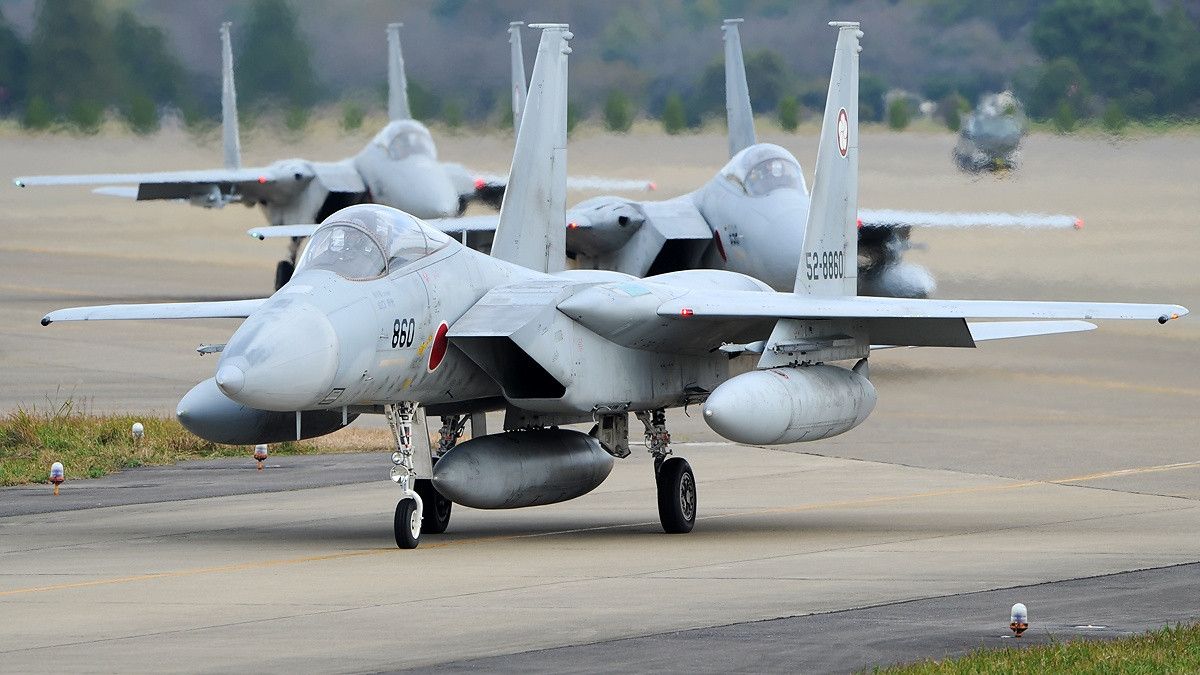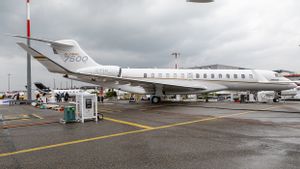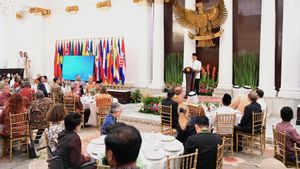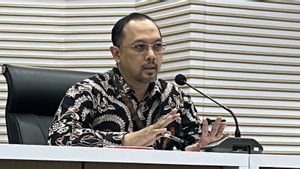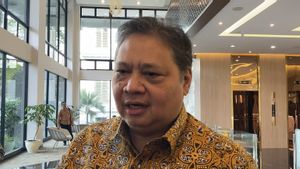JAKARTA - Japan's Ministry of Defense announced it was canceling plans to purchase a US company-made long-range anti-ship missile with standoff capability for the Air Self-Defense Force's (ASDF) F-15 fighter jet fleet this Thursday, due to rising costs.
Quoting Kyodo News 5 August, Lockheed Martin's acquisition of the missile, known as the Long Range Anti-Ship Missile (LRASM), is aimed at arming the Japanese ASDF with anti-ship missiles that can be launched by aircraft, without being hit by enemy fire.
The Ministry of Defense made the decision before a deadline later this month for the initial state budget request for the next fiscal year starting April 2022.
The LRASM is one of two US-made cruise missiles that the ASDF plans to install on its roughly 70 F-15s. Another planned is the Joint Air-to-Surface Standoff Missile. (JASM).

For the sake of increasing the combat capability of the Japanese F-15 fleet, the US initially estimated the cost required at 98 billion yen, or about 894 million US dollars. Later, the figure required jumped to around 218 billion yen, related to the need for electrical components and updating software systems.
By scrapping plans to install LRASM on its F-15 fighter jets, Japan's Ministry of Defense said it could save about 60 billion yen from its budget.
However, the total cost required for Japan to upgrade its fleet of F-15 fighter jets is estimated at around 398 billion yen, up 74 billion from the initial estimate.
At a time of heightened vigilance over China's military activities, Japan's Ministry of Defense said it was important to have missiles with a range of 900 kilometers, which is needed to increase the country's defense capabilities around the Nansei Islands which stretch southwest to Taiwan.

This is why the Japanese Ministry of Defense said it would continue the combat capability improvement program, with the target of completing the upgrade program for the first 20 units by March 2028.
The ministry's initial budget request for the fiscal year 2022, which is unlikely to cover any costs associated with the JASSM system, will negotiate with the United States on procurement until the end of this year.
SEE ALSO:
As an alternative plan to LRASM, the ministry said it was considering installing a domestically made standoff missile on the F-2 fighter jet. Japan began developing its own standoff missile starting this fiscal year, having secured a budget of 33.5 billion yen. The ministry plans to expand the firing range of the surface-to-ship missiles it has developed to about 900 km.
To note, the development of standoff missiles carried out in Japan is designed to be able to be launched from various platforms, not only from land but also from ships and fighter jets.
The English, Chinese, Japanese, Arabic, and French versions are automatically generated by the AI. So there may still be inaccuracies in translating, please always see Indonesian as our main language. (system supported by DigitalSiber.id)
